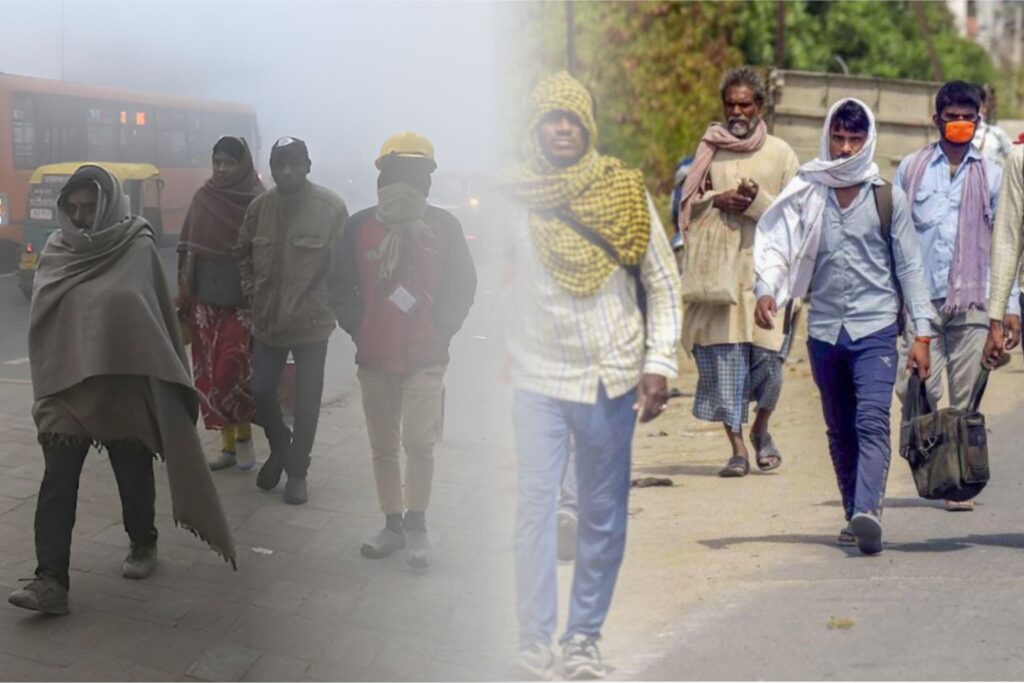
Exposure to extreme temperatures led to the loss of at least 35,000 lives in India between 2001 and 2019, a new study has revealed. It also shows that deaths due to heatstroke is more significant than those due to cold exposure
The study, published in the journal Temperature, shows an increasing trend in deaths due to heatstroke and exposure to cold temperatures. The India Meteorological Department and National Crime Records Bureau, among others, provided the data.
Also Read | Heatwave alert: Centre advises states to adjust work hours, ensure worker safety
Deaths due to extreme temperatures were found to be more common among men of working age. During the study period of 2001-2019, deaths due to extreme heat were three to five times higher among men, while those due to extreme cold were four to seven times higher, compared to women, the researchers said.
In 2015 alone, it estimated 1,907 deaths due to heatstroke and 1,147 because of cold exposure.
Andhra Pradesh, Uttar Pradesh, and Punjab were found to record the most deaths due to heatstroke, whereas the most deaths due to exposure to extreme cold came from Uttar Pradesh, Punjab, and Bihar.
Pointing out that deaths due to extreme temperatures are avoidable, the researchers said, “Several states in India are developing heat action plans that can provide relief through innovative built environment initiatives, and these need study as well as scale-up, including expanding cold action plans across more vulnerable states.”
“With an intense heatwave forecast to hit most of the country this summer and extreme weather events becoming more frequent around the globe as the world warms, there is no time to be lost in raising awareness about the dangers of extreme temperatures and putting in place measures to reduce their impact,” lead author Pradeep Guin from O P Jindal Global University, Haryana, said. Co-author Nandita Bhan from the School of Public Health and Human Development at O.P. Jindal Global University said the results highlight the urgent need for heat and cold action plans for vulnerable states.








